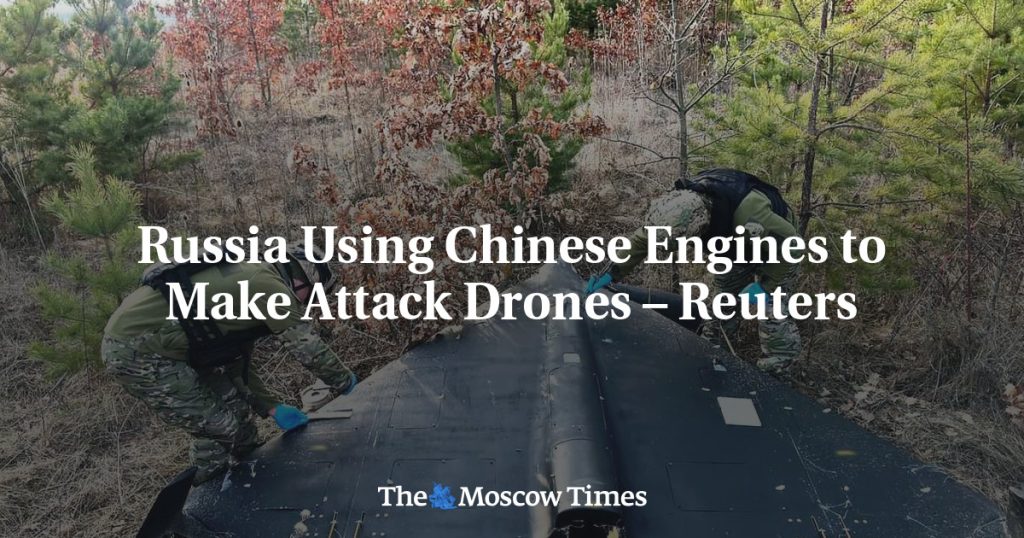Russia has been using Chinese-made engines to produce long-range attack drones for deployment in Ukraine since mid-2023, with over 2,500 Garpiya-A1 drones manufactured between July 2023 and July 2024. The Garpiya drone has a maximum takeoff weight of under 300 kilograms and a range of 1,500 kilometers. The drones closely resemble Iranian-designed Shahed drones but are powered by Limbach L-550 E engines, originally designed by a German company but now produced by the Chinese firm Xiamen Limbach.
In December, the U.S. sanctioned IEMZ Kupol, a Russian company, for its production of anti-aircraft defense equipment and kamikaze attack drones. IEMZ Kupol is a subsidiary of Almaz-Antey, Russia’s largest defense contractor, which has also been sanctioned. The Defense Ministry of Russia signed a contract worth 1 billion rubles with IEMZ Kupol in early 2023 to develop a factory for drone production. The drones are reportedly being manufactured at a former cement factory in the republic of Udmurtia’s capital city of Izhevsk, which was purchased by IEMZ Kupol in 2020.
China’s Foreign Ministry stated that they strictly control the export of products with potential military applications but it is not prohibited from trading with Russia. Neither the Russian nor Chinese companies mentioned in the report responded to requests for comment. Ukraine estimates that Russia has launched nearly 14,000 drones against civilian and military targets since the full-scale invasion in February 2022, with the majority being Iranian-designed Shahed drones. The Garpiya drones, powered by Chinese-made engines, have been used extensively in these attacks.
The Garpiya drones appear to have been actively deployed in Ukraine for offensive purposes since mid-2023, showcasing the sophisticated military technology at Russia’s disposal. The production of these drones by IEMZ Kupol, sanctioned by the U.S. for its activities, highlights the complexities and challenges of international arms trade and military conflicts. The use of Chinese-made engines in these drones raises questions about the role of different countries in supplying weapons and military equipment to conflict zones.
The Russian Defense Ministry’s investment in developing a factory to produce the Garpiya drones reflects the strategic importance of drone technology in modern warfare. The conversion of commercial sites, such as the former cement factory in Izhevsk, into drone production plants indicates the scale and urgency of Russia’s military operations in Ukraine. The collaboration between Russian and Chinese companies in producing these drones underscores the complex geopolitical dynamics at play in the region and the broader implications for global security and arms control.
The ongoing conflict in Ukraine and the use of advanced drones by Russia highlight the evolving nature of warfare and the significant role of technology in modern military operations. The challenges posed by the proliferation of sophisticated drones and the involvement of multiple countries in supplying arms underscore the need for international cooperation and regulation to prevent further escalation of conflicts and protect civilians from the devastating impact of armed conflicts. The role of independent journalism in reporting on these developments, despite censorship and suppression, is crucial in raising awareness and holding governments accountable for their actions in conflict zones.


